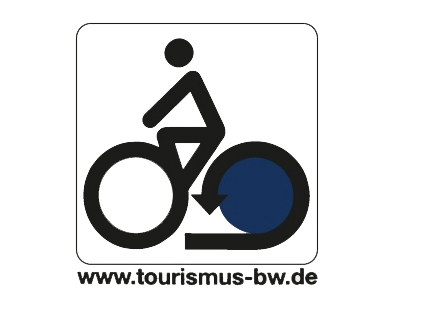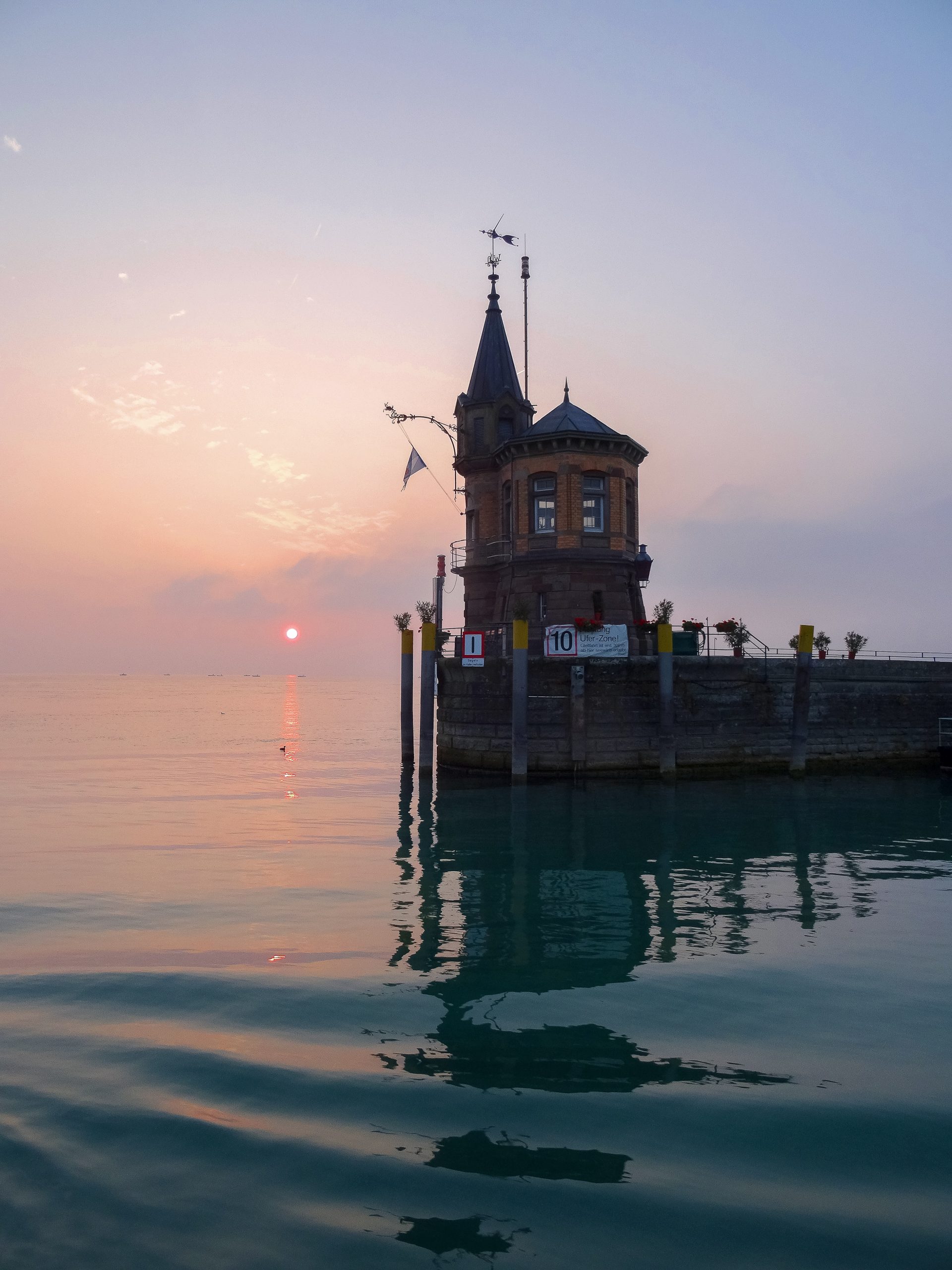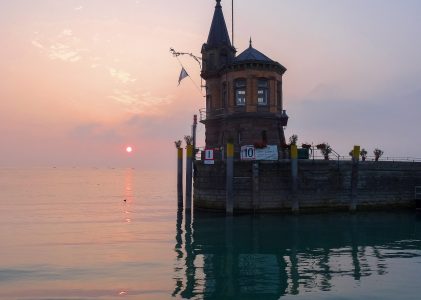Radolfzell Radolfzell is not only the largest city on the Untersee, but also one of the oldest cities in southern Germany. Its foundation goes back to a cell of the Veronese bishop Ratoldus in 826. A few years later, the small church was furnished with relics of the martyrs Theopontus and Senesius and St. Zeno and quickly developed into a popular place of pilgrimage. After relinquishing the diocese of Verona 840, Radolf spends his old age in the “cella ratoldi” named after him. His sarcophagus is in the ULF Münster. The city patrons Theopontus, Senesius and Zeno are venerated and celebrated every year at the hosts' festival, on the 3rd Sunday and Monday in July by the city's residents. The highlight of the festival is the procession of the Mooser inhabitants on boats decorated with flowers and garlands across the lake. The second important event in the city is the “Fasnet”. With the Narrizella Ratoldi there has been a completely documented foolish guild since 1841. Radolfzell is popular as a shopping town. The farmers' market in particular, on Wednesdays and Saturdays, attracts visitors from near and far, including the Schiesser factory outlet in the “seemaxx” outlet center, which has had its headquarters in Radolfzell since 1875. In front of the city is the Mettnau peninsula. It divides the northwestern Untersee into the Gnadensee and the Zeller See. The “Au in the middle” of the lake has changed from a cattle pasture in the Middle Ages to viticulture and fruit growing to become the preferred recreation area today. On top of it are the buildings of the internationally recognized Mettnau cure, which is dedicated to the motto “healing through movement”. At the edge of the reed zone, which is protected as a nature reserve, NABU provides information about the bird life of the Mettnau in a small exhibition. Directions From the Radolfzell train station, the cycle path remains to the right of the tracks, crosses Scheffelstrasse at the Alte Mettnaubrücke, continues a little further along the railway, crosses the roundabout at the new Mettnaubrücke and continues downhill along the railway line to the left an easily overlooked underpass enables a change of side. On the other side, turn right into the second street (Reichenaustraße) and follow it out of town. The Riedweg leads through the shallow depression between Radolfzell and Markelfingen, which is traversed on the Gnadenseestraße. At the end of this turn left into Unterdorfstrasse, then immediately right again and out of town. As a result, the cycle path always remains to the right of the road and leads past fields, orchards and campsites to Allensbach. In Allensbach, drive either along the main street through the whole town or from the entrance to the town parallel to it on Kapplerbergstraße and Höhrenbergstraße to the train station. There you turn right over the train, pass the campsite, cross the rails again and come back to the B33. Always continue to the right of the main road, past the Hegne monastery to the underpass under the 833. (Continue straight ahead to the island of Reichenau.) After the underpass, turn right on a new cycle path along the railway line to Reichenau station. Cross the railway line here and immediately afterwards turn left and continue to follow the tracks towards the city center. The bike and footpath, which is only initially pebbled, leads through damp forest, always directly along the railway line to the first houses of Constance. Between the railroad tracks and industrial plants, it goes bolt upright and pleasantly green through the commercial zone, past the Wollmatingen, Fürstenberg and Petershausen railway stops to Petershauser Straße. At the end of the cycle path, keep to the right, drive on Petershauser Strasse to Spanierstrasse (B33) and across it to the banks of the Rhine. The section of the Rhine, known here as the Seerhein, is crossed on the bicycle and pedestrian walkway, with a beautiful view of Lake Constance and downstream. Beyond either left along the Rheinsteig to the Inselhotel and through the Stadtgarten to the train station, or straight ahead on the Schottenstraße, which has been redesigned into “Radlerstraße”, to drive to Lutherplatz. Cross the wide “arbor” and stroll through the old town to the train station, pushing your bike
Official representation of the Lake Constance cycling path


